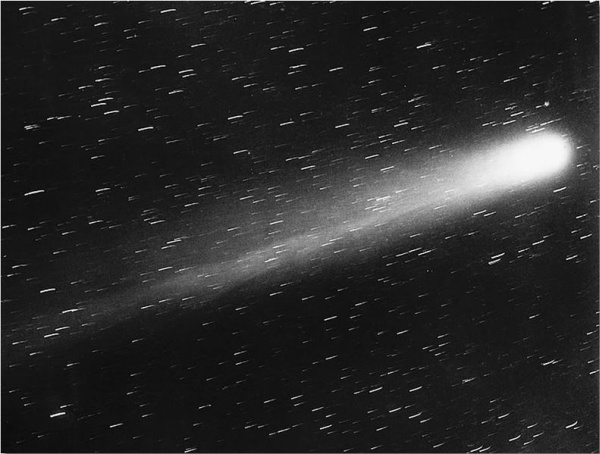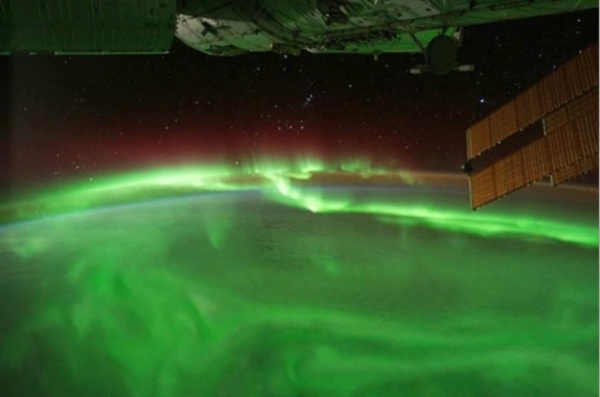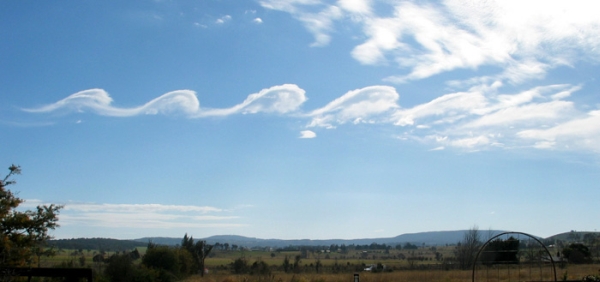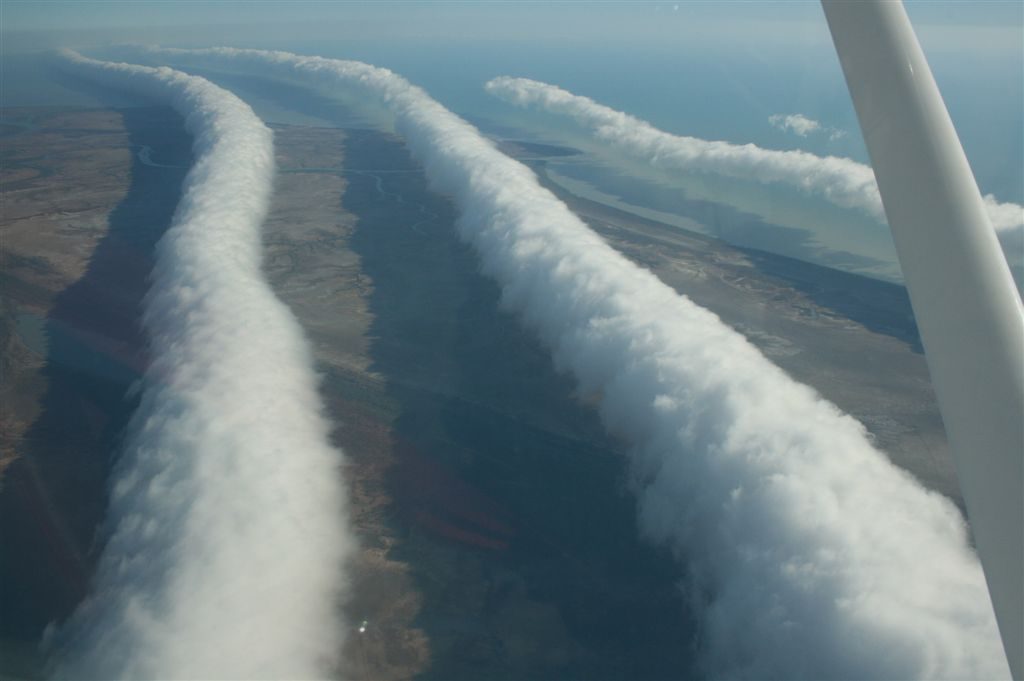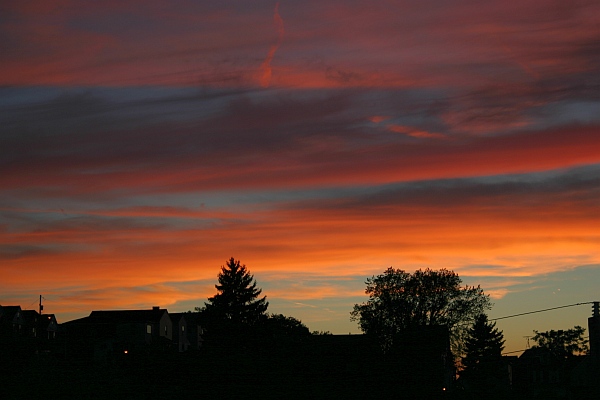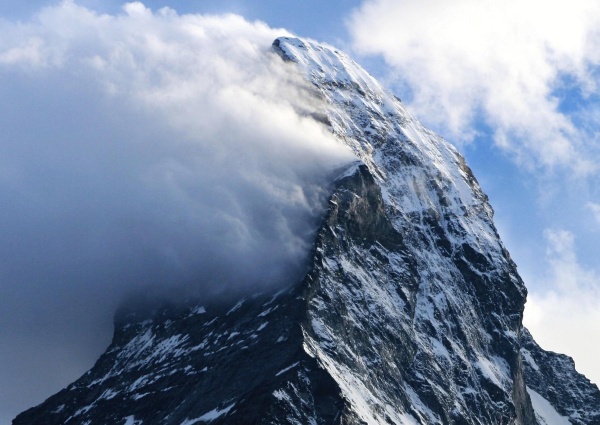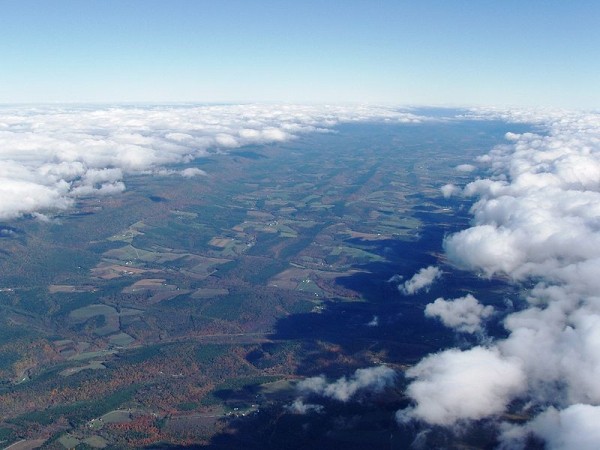
We’re in for some interesting weather though it probably won’t look as dramatic as the cold front pictured above.
Last night the National Weather Service Pittsburgh forecast discussion said, “Showers becoming likely daytime Thursday with the passage of a mature occluding cold front. NAM model profiles show the cold frontal passage can also be accompanied by wind gusts up to 30 mph.”
I had never heard of an occluding front let alone a mature one (obviously, I haven’t been paying attention), so I had to look it up.
Occluded means blocked or stopped up. An occluding cold front is one that overtakes a warm front, jamming it in a wedge between the cold air ahead of the warm front and the new cold air mass overtaking it. The warm air has nowhere to go but up. Cold air floods in and the warm air rides atop it like a cork on water.
It looks like this — before and after — as the cold front approaches from the left, catches up to the warm front and forces it up. (Technically this drawing shows a “cold occlusion.”)

The practical result is that we had cold air early this week, warm air today (the warm front), and cold air tomorrow. The weather map shows the actual occlusion will track north of us.
The forecast also said, “As what often occurs with these maturing systems there can be a dry slot passage Thursday night before the ensuing cold upper low passes eastward through the upper Ohio Valley Friday.” So it will be dry on Friday.
The cork will rise tomorrow.
(photo from Wikimedia Commons of a cold front moving rapidly along the Rappahannock River. Occlusion diagram from Wikimedia Commons. Click on the images to see the originals.)
p.s. 10/17, 6:23 pm, Thursday’s forecast more includes the possibility of a severe thunderstorm & Friday has a chance of showers. Things change all the time!
